Classes are running at the Mixed Media Art Studio – Melbourne, Australia – focussing on art journaling and gel printing, in our wonderful, fully air-conditioned studio space and in a supportive atmosphere! So if you have thought about starting a new hobby or want to build on what you already know – or have tried and feel like you don’t know what you are doing – then these are the classes for YOU!
There are classes schedule for week days, evenings and weekends! Something to suit everyone!
Click on the session date to book you class NOW! Each class limited to 6 places.
Gel Printing Fundamentals Classes
Gel Printing Fundamentals with Michelle is a fun class to get you hands on with creating your own colourful painted papers using monoprinting. The class is run at the light-filled Mixed Media Arts Studio, in Mt Waverley, Melbourne, Victoria, Australia.
Choose from the following sessions:
[click on your preferred date to book!]
Friday 21 March, 1pm– bookings closedSaturday 22 March, 1pm– bookings closed- Friday 9 May, 1pm
- Saturday 10 May, 1pm
Mixed Media Art Journal Fundamentals Classes
Get hands on and learn the fundamentals of mixed media art journaling in this fun class. Based on the Mixed Media Art Fundamentals series on YouTube, Michelle will run through the basics to get you started plus her 5 steps to art journaling so you can learn the rules before breaking them as you experiment with your own style!
Choose from the following sessions:
[click on your preferred date to book!]
Friday 4 April, 1pm– bookings closedSaturday 5 April, 1pm– bookings closed- Friday 23 May, 1pm
- Saturday 24 May, 1pm
Junk Journal Class
Join Michelle in this class to turn random ephemera into a fantastic junk journal. You will learn the basics of bookbinding as well as having lots of fun to create this little book to decorate with all of your favourite mixed media art techniques and products.
SAVE THE DATES:
[click on your preferred date to book!]
Friday 11 April, 1pm– bookings closedSaturday 12 April, 1pm– bookings closed
Collage Clusters Class
Join this NEW class with Michelle as we use some of our collage and papers stash to create these fun and breezy collage clusters. You can use them in your art journal, junk journal, on tags or turn into greeting cards! The choice is up to you!
SAVE THE DATES:
[click on your preferred date to book!]
Mixed Media Art Journaling Soiree
Take your art journaling to the next level with our Art Journaling Soirees! These Thursday evenings, held on the dates below, 7 – 9pm, will be a delightful weekly retreat, where you can come along, relax and create in our wonderful Mixed Media Art Studio. Each session will include a short lesson where we will cover a range of topics and products, then the rest of the evening is free for your to play, make your own art and grab a cuppa, along with the other like-minded crafters.
SAVE THE DATES:
[click on your preferred date to book!]
Thursday 3 April, 7pm – Stencil Butter– booking closedThursday 10 April, 7pm – Mixed Media Tags– bookings closedThursday 17 April, 7pm – Creating layers– bookings closedThursday 24 April, 7pm – Layout Composition– bookings closed- Thursday 1 May, 7pm
- Thursday 8 May, 7pm
- Thursday 22 May, 7pm
- Thursday 29 May, 7pm
- Thursday 5 June, 7pm
- Thursday 12 June, 7pm
- Thursday 19, June, 7pm
- Thursday 26 June, 7pm




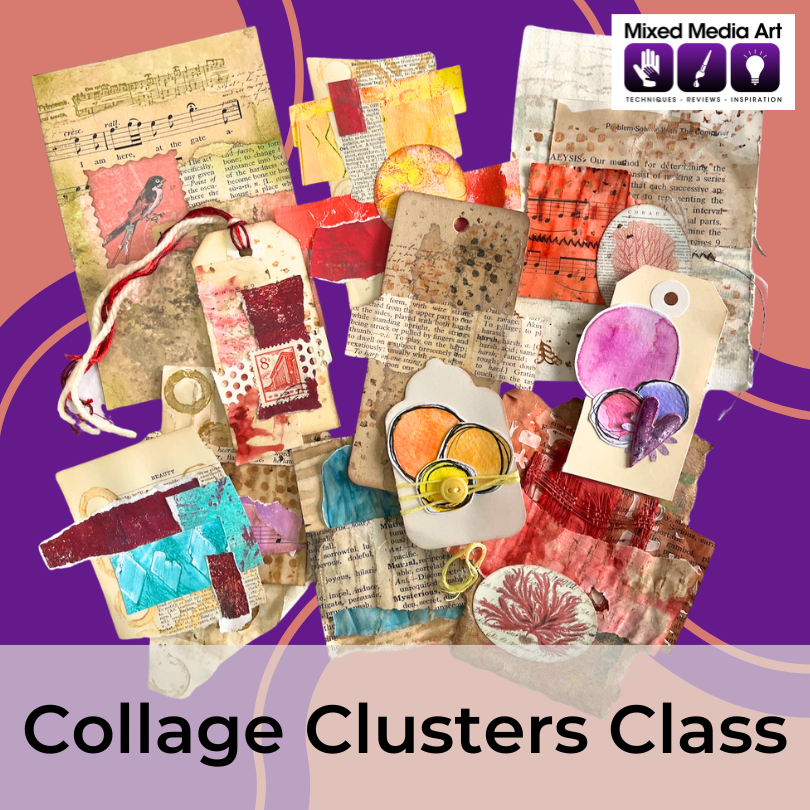


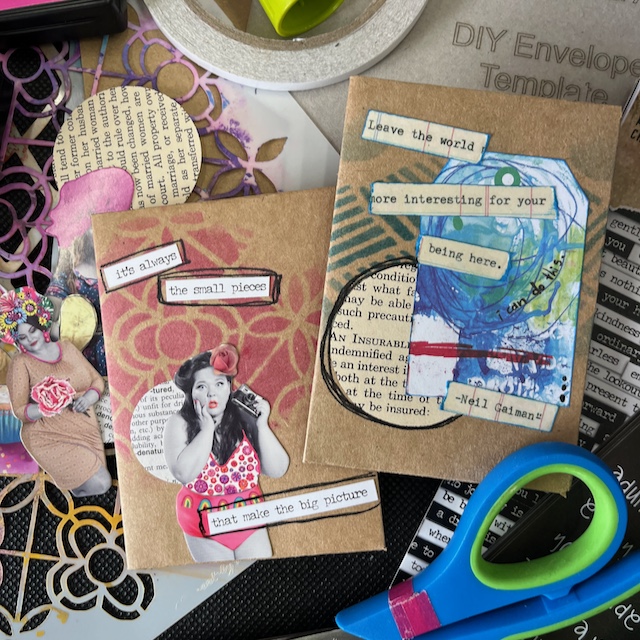



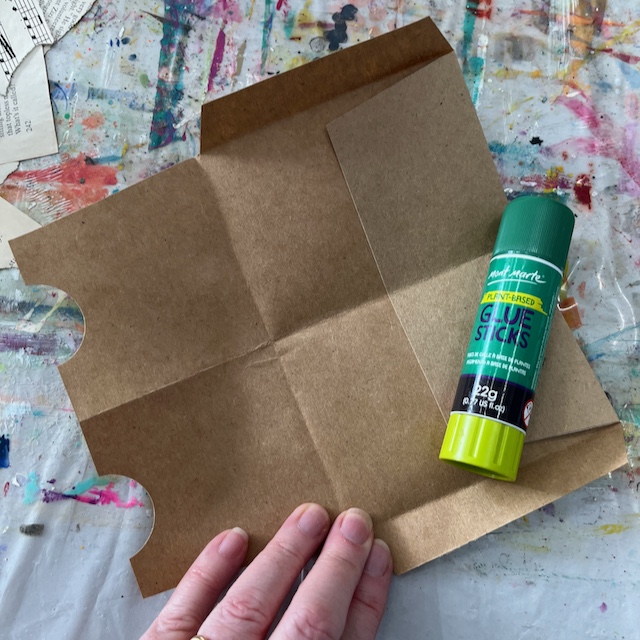








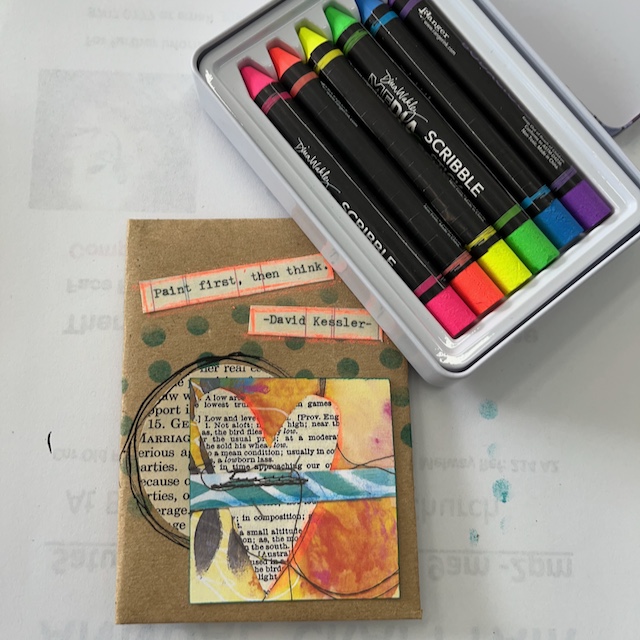
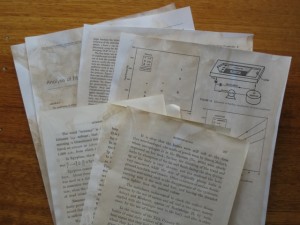










Recent Comments